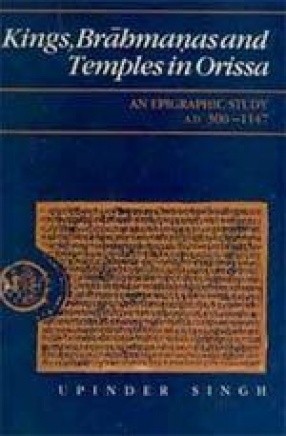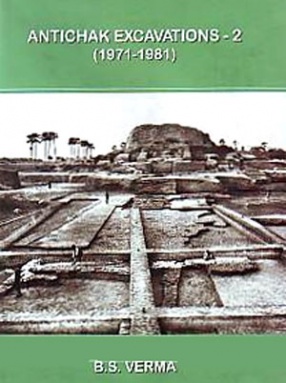Largely unappreciated, traditional flatwoven Indian dhurries have long been overshadowed by luxuriant Mughal pile carpets. Dhurrie, the first comprehensive book on these ancient flatwoven rugs, presents the dhurrie as a significant floor covering from the Indian subcontinent. Transcending social boundaries, the dhurrie was used by commoner and royalty alike: At its simplest it was a multi-purpose textile used as floor covering, bedding or packaging, while at its most elaborate – woven with the finest fibres and enhanced by goldwrapped thread – it graced the palaces of royalty. These book traces the dhurrie’s past : From the shadows of prehistoric India, the lavish Mughal courts and the bustling commerce of British India, to the present day. It catalogues nearly a hundred old dhurries, including traditional prayer rugs with domed mosques, dhurries with classic stripes and ornate geometrical designs as well as a collection of the most beautiful pictorial flatweaves. Dhurrie also introduces the weavers of Rajasthan and Uttar Pradesh, and is a guide to the dhurrie’s many stages of development: from the selection and dyeing of yarn to the actual processes of weaving, washing and finishing. Having revitalised the dying craft of dhurrie weaving, Shyam Ahuja – whose name is synonymous with the modern Indian dhurrie – describes his intense involvement with this flatwoven rug. Drawing inspiration from sources as unexpected and diverse as a Versailles ceiling, the Scottish tartan and the traditional Indian paisley, he presents a selection of his favourite designs. Exhaustively researched and abundantly illustrated with over 300 colour pictures, Dhurrie documents the history and development of India’s flatwoven rugs.
Studies in Archaeology
$14.40
$16.00





There are no reviews yet.